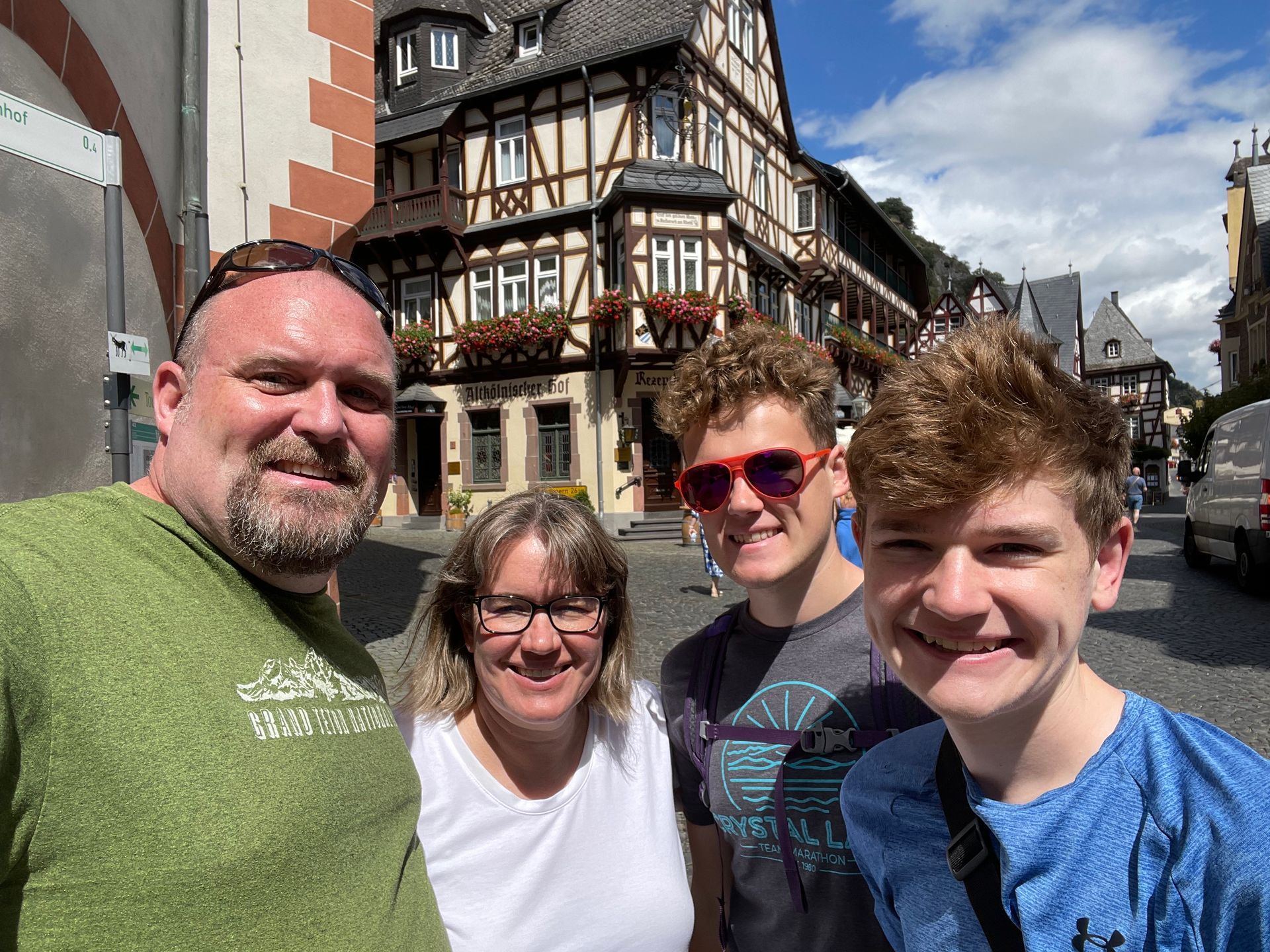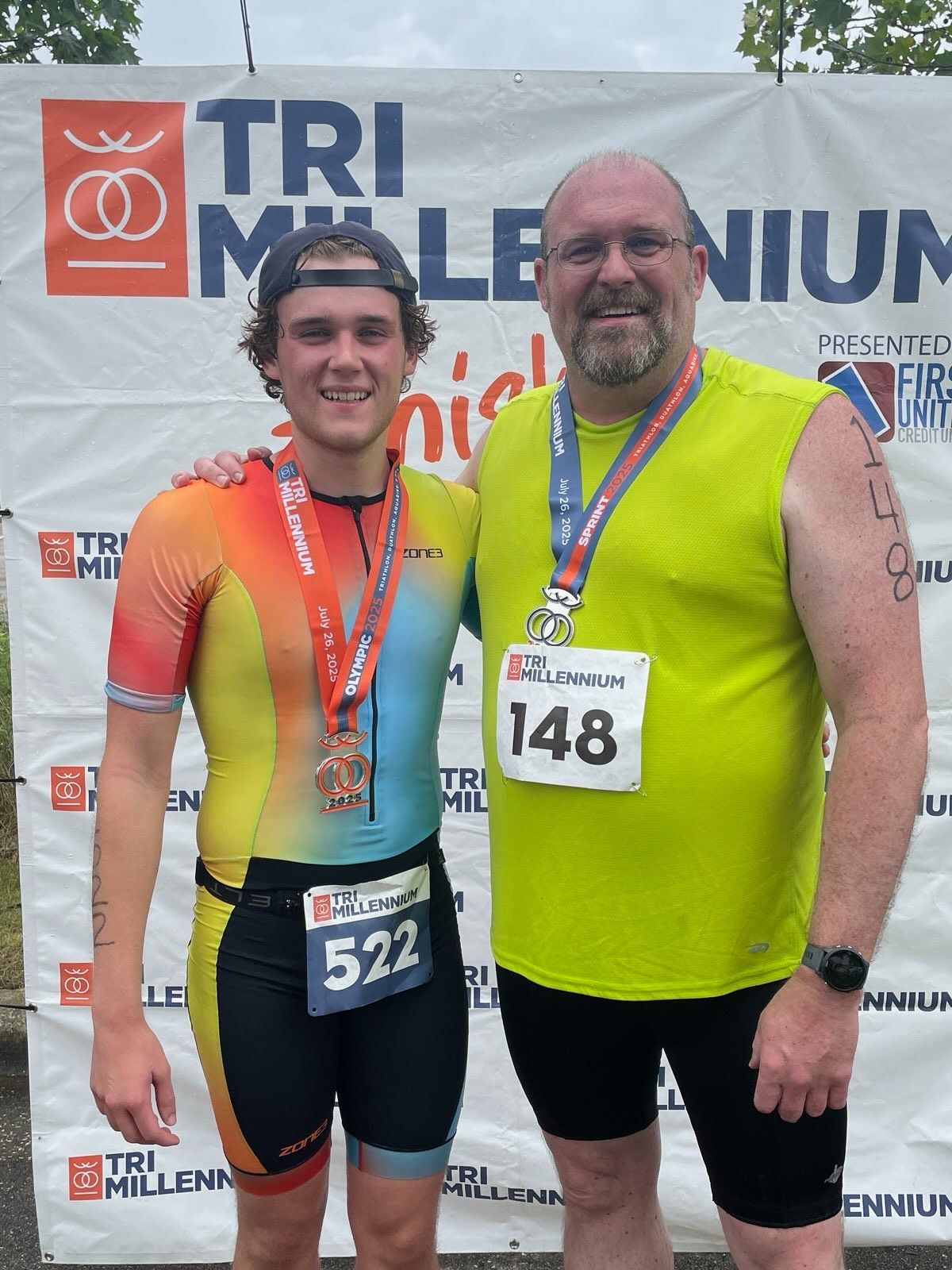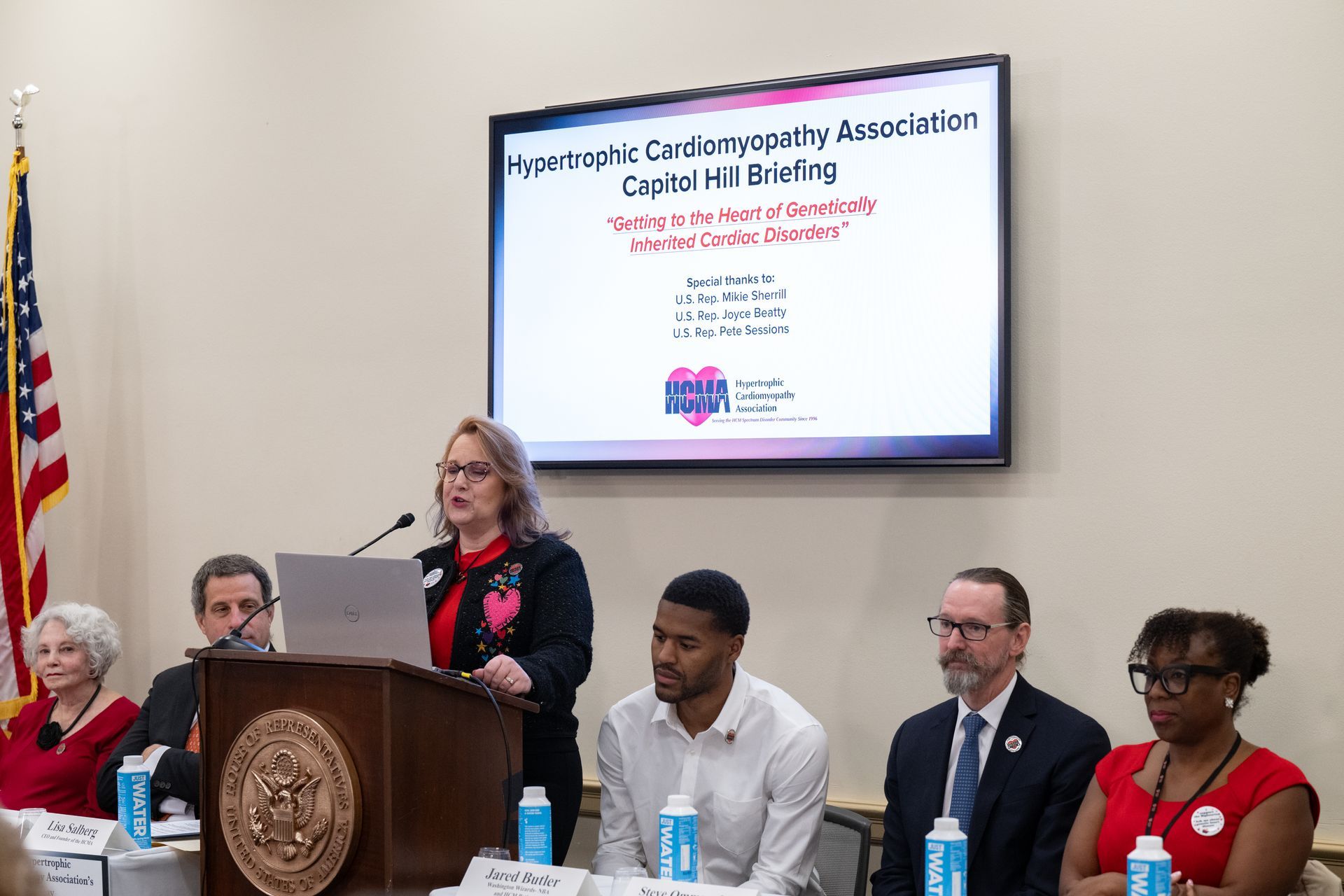Faces of HCM
David Diegel
Advocacy is critical to change, and the HCMA is here to help.



I knew for many years that some form of cardiovascular disease ran in my family since my dad died at 60 shortly after my college graduation, and his father (my grandpa) died at 49 when dad was a teen. The severity of the disease was thrown into sharp contrast when one of my older brothers died at 51 in 2017. An autopsy indicated he had Hypertrophic Cardiomyopathy (HCM).
I was diagnosed with “mild” HCM less than a year and a half later. The diagnosis was terrifying because my family’s history included no symptoms until HCM resulted in sudden cardiac death. Further, I was in at least the third generation affected, and I was quickly approaching the age when sudden cardiac arrest typically happened.
I had trouble reconciling having HCM myself. I was a lifelong athlete: a nationally competitive swimmer through college, a mountain biker in the summer, a downhill skier in the winter… I ran several half marathons with my wife before we had kids. But HCM can be a quiet, insidious disease that slows you down until its impact is overwhelming.
And, HCM had a significant impact on my daily life, limiting my ability to engage in even basic physical activities. By 2022, my “mild” HCM became obstructive, and a one-mile walk felt like an insurmountable challenge, leaving me breathless and fatigued. At home, I needed to stop and rest half way up the stairs with a laundry basket from the basement. At work, I preferred taking an elevator up one floor rather than struggling up (suffering) a flight of stairs. My cardiologist recommended (and my wife agreed) that getting an implantable cardioverter defibrillator (ICD) was a necessary precaution, despite it making me feel old and feeble.
On the other hand, my HCM becoming obstructive was a blessing in disguise. I became eligible for treatment with a cardiac myosin inhibitor, now the first-line treatment for obstructive HCM. Since beginning treatment in 2023, I have experienced remarkable improvements in my health. The pressure gradient measured in my stress echocardiogram has significantly lowered from 174mm before the myosin inhibitor to just 36mm in June, 2025. Within six months of starting, I was able to complete a four-mile walk with greater ease and speed than I could manage with great difficulty just a half-year earlier. In fact, now I regularly walk eight to ten minutes faster per mile on a three to four mile walk than I could on my first and only mile before treatment.
Though my condition has improved, my journey to access a cardiac myosin inhibitor was a struggle. With the help of the Hypertrophic Cardiomyopathy Association and other advocacy groups, I engaged both my legislators and insurance plan, which eventually led my plan to reverse their decision denying my coverage, paving the way to better health for myself and for HCM patients throughout Michigan. Advocacy is critical to change, and the HCMA is here to help. Even with that help, I urge any patient struggling with access to be your own best advocate and to fight for the coverage you deserve.

 Translate
Translate